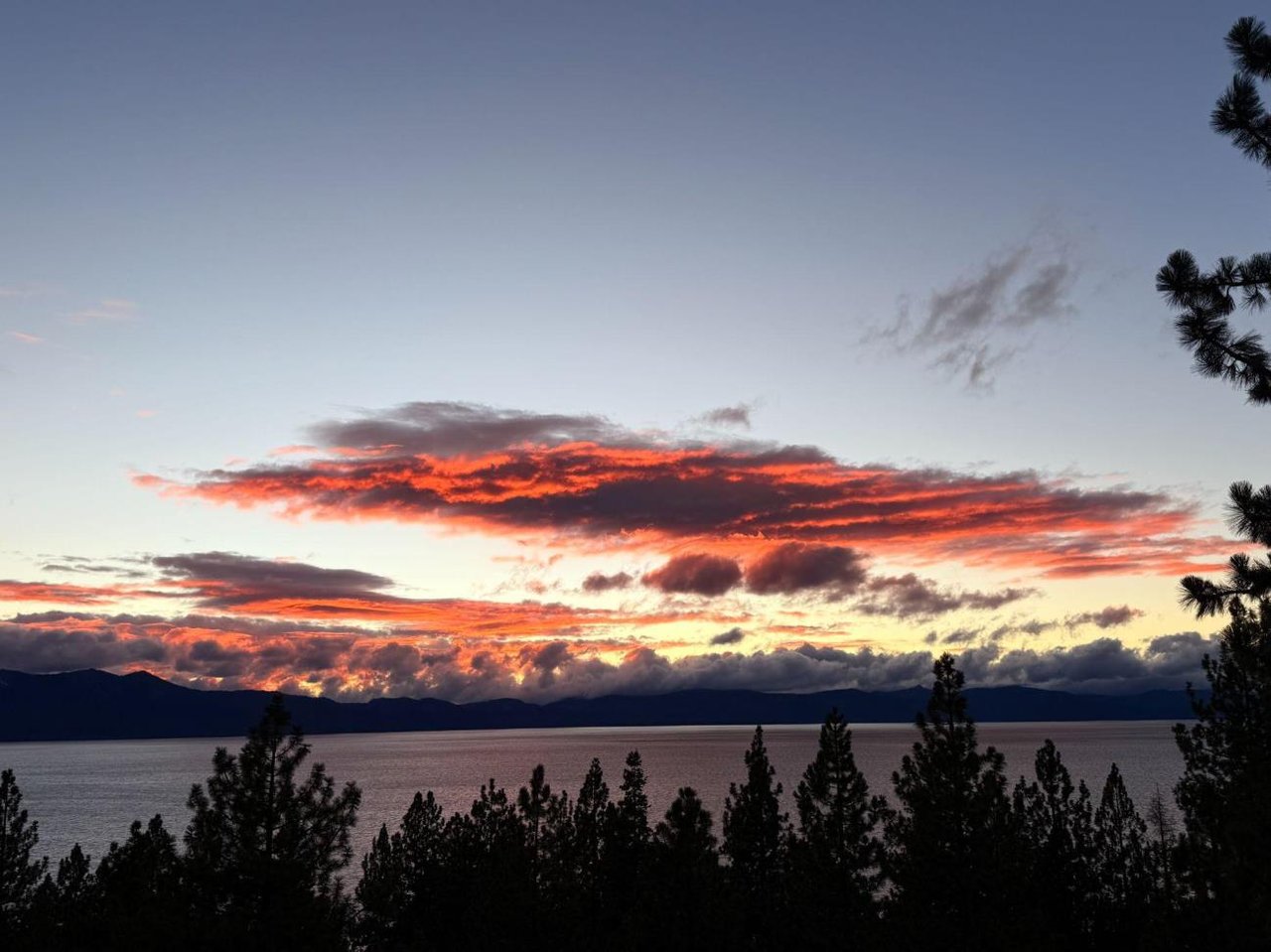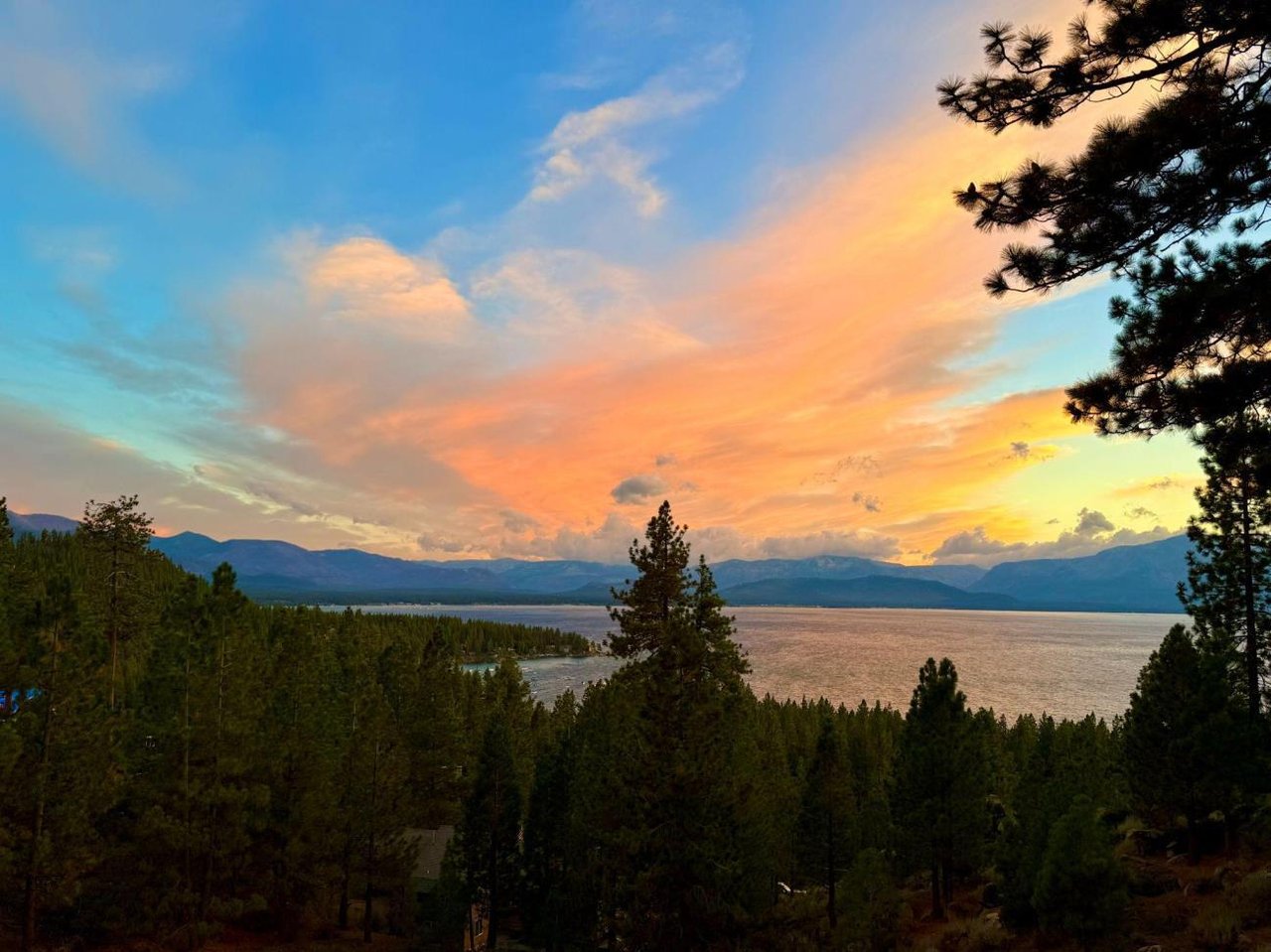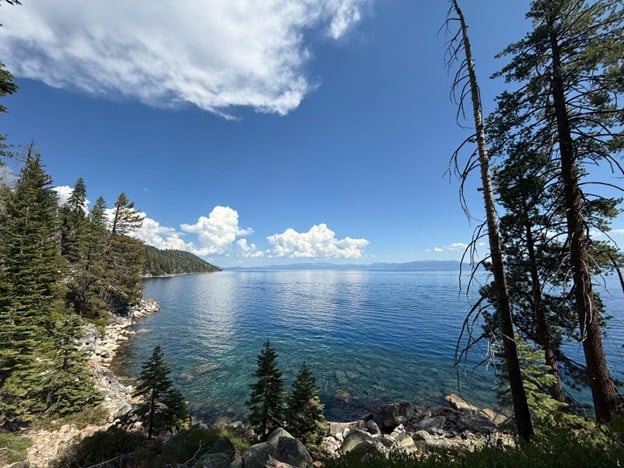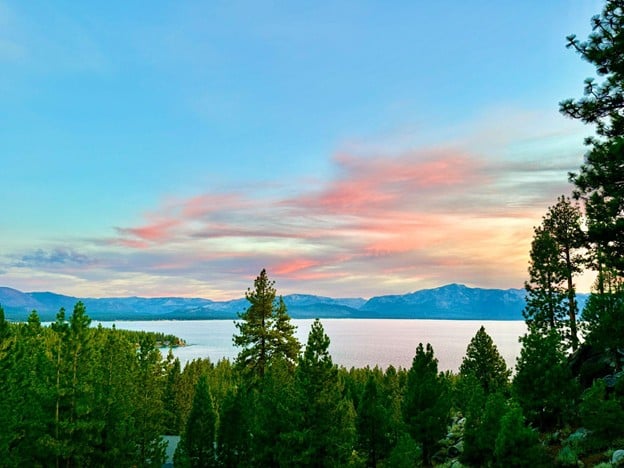
Does Living at Elevation Equate to a Longer Life

Most of us who call Tahoe home already understand the benefits—whether it's walking the neighborhood after work, skiing midweek, or simply having open space just outside the door. But now, science is catching up to what we've long observed: mountain living offers measurable advantages for both mental and physical health.
Multiple studies have confirmed what mountain dwellers have known for years: time spent in nature reduces stress, anxiety, and depression. Living surrounded by trees, trails, and open skies can lower cortisol levels, boost mood, and improve focus. Short walks in natural environments have been shown to improve mood, attention, and cognitive function more effectively than similar walks in urban settings, according to multiple psychological and public health studies.
Mountain towns like Tahoe naturally promote daily movement. From skiing and biking to hiking and paddleboarding, our lifestyle is less about gym memberships and more about getting out and living. All that natural motion supports cardiovascular health, weight management, and even metabolic efficiency—especially at elevation. In fact, some of the longest-living populations in Blue Zones—like Sardinia’s mountain communities—naturally incorporate more walking and physical activity into their daily routines simply due to the layout of their environment.
A 2019 study published in Environmental Health Insights found that residents in mountainous urban areas with access to soft-surface trails were significantly more likely to meet physical activity guidelines compared to those without trail access. The presence of trail systems in these communities directly encouraged more movement and improved public health outcomes.
Living at moderate elevations (like Tahoe’s 6,200 feet) is consistently associated with increased life expectancy. A Harvard-affiliated study found that men and women living at higher altitudes had 61% and 54% lower death rates from heart disease, respectively. Counties like Summit, Pitkin, and Eagle in Colorado—known for their mountain lifestyle—have the highest life expectancies in the U.S., reaching nearly 87 years. Researchers attribute this to cleaner air, daily physical activity, lower obesity rates, and environmental factors like cooler temperatures and mild hypoxia.
Further research published in ScienceDaily (March 2011) from the University of Colorado School of Medicine found that people living at higher altitudes have a lower risk of dying from ischemic heart disease. The study suggests that reduced oxygen levels may trigger genes that promote the formation of new blood vessels, improving oxygen delivery and cardiovascular resilience over time.
Further, studies in Austria show up to 44% lower mortality from male colorectal cancer and 26% lower from female breast cancer in residents living between approximately 3,300 and 6,600 feet, compared to those below 820 feet.
Mountain living means regular exposure to forest air, biodiversity, and soil microbes—all of which support a healthier immune system. In fact, studies suggest that early and frequent exposure to natural microbes found in soil and outdoor environments can strengthen immune function and reduce the likelihood of developing allergies, asthma, and autoimmune disorders. Overly sanitized environments and limited interaction with diverse microbes, as seen in highly urbanized societies, have been linked to increased rates of allergic and inflammatory conditions.
At the same time, being immersed in natural environments has been shown in studies to sharpen focus, improve memory, and increase feelings of connectedness to our surroundings, as demonstrated by research published in journals like Environment and Behavior and Frontiers in Psychology.
One of the biggest hidden benefits? Consistency. When wellness is built into our everyday environment—not something we have to schedule—it becomes a way of life. Mountain communities like ours foster a rhythm that’s aligned with long-term health: clean food, fresh air, daily motion, and a deeper connection to the people and places around us.
Research from Blue Zones (read our blog on Blue Zones for details) shows that residents who live in sloped or mountainous areas consistently walk more as part of their daily routine. Walking on an incline also increases lower-body strength and balance, activates more muscle groups, and adds cardiovascular intensity without requiring formal exercise—benefits that accumulate over time with everyday activity. This naturally integrated movement is linked to better cardiovascular health, fewer mobility issues later in life, and significantly longer life expectancy.
For those of us who live here, Tahoe represents more than natural beauty—it's a tangible investment in long-term well-being. Research confirms that people in mountain communities live longer, stay more active, and report higher quality of life. The lifestyle here supports not only physical and mental health but also a kind of consistency that makes those benefits sustainable.
Given the data, it’s clear: the cost of living in Tahoe reflects real value. It reinforces that living here supports a higher quality of life, both mentally and physically, confirming what many of us already know—that Tahoe is the best place on earth to live!








